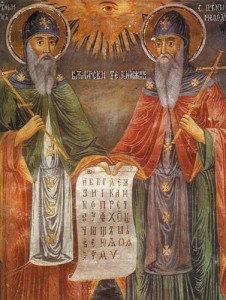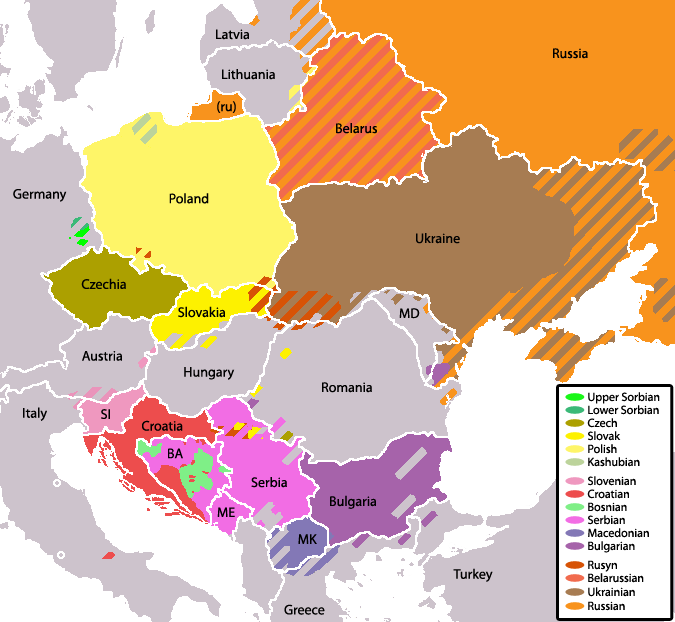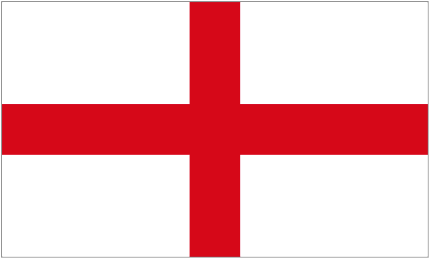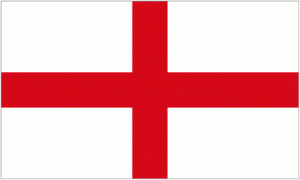May 15
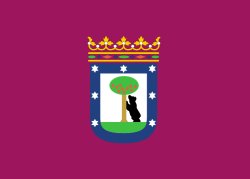
Just when Madrid sobers up from back-to-back celebrations of Labor Day and Dos de Mayo, it pulls out all the stops for the week-long celebration of San Isidro.
San Isidro (1070-1130) is Madrid’s patron saint, whose feast day falls on May 15.
A simple farm worker, Isidro never had much money, never led a diocese or congregation, never fought in a war, and was not martyred or notably persecuted for his faith. Nor was his wife Santa Maria de la Cabeza (Saint Mary of the Head). And yet Maria and Isidro are among the few husband-and-wife teams to be canonized in 2000 years of Christendom. (Though it did take 500 years for the Pope to do so.)
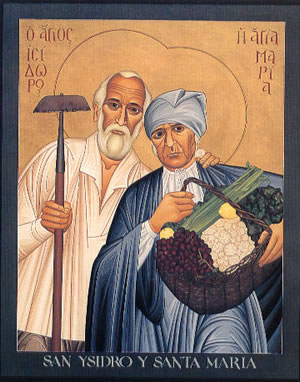
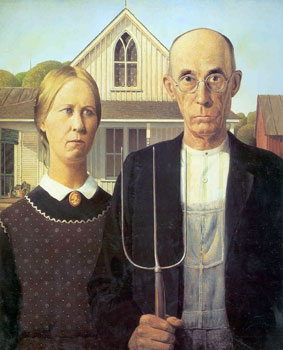
[Iberian Gothic? 12th century saints Ysidro & Maria reincarnated]
The couple lived in poverty for most of their lives, but they were known for their generosity, giving more to the poor than they kept for themselves. Stories of Isidro’s miracles, like the materialization of food and water for the hungry, are reminiscent of Jesus feeding the masses with a single loaf of bread. According to legend, one day Isidro’s scythe struck the earth, and a spring burst forth with enough water to sustain the whole city.
In the 900 years since Isidro and Maria walked the earth, farmers have called on them for relief in times of drought.
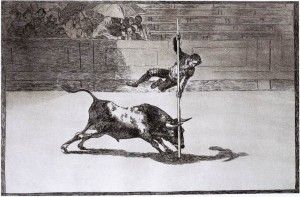
The holiday also marks the beginning of bullfighting season. Spanish bullfighting traces its roots back to Mithras, imported from the Middle East either through Rome or North Africa.
“The killing of the sacred bull (tauromachy) is the essential central iconic act of Mithras, which was commemorated in the mithraeum wherever Roman soldiers were stationed. Many of the oldest bullrings in Spain are located on the sites of, or adjacent to the locations of temples to Mithras.”
If you’re with PETA, and bullfighting doesn’t do it for you, concerts and dancing fill the streets the whole week. Parks are converted into open-air verbenas, where celebrants wear traditional attire: chulos and majos for the guys, chulapas and majas for the ladies.
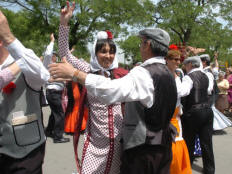
Chulo is a derogatory term sometimes applied by other Spaniards to the inhabitants of Madrid. It means arrogant. But the Madrilenos take it in stride. Dressed in chulo and chulapa costumes, performers live up to their name in a stylized dance of exaggerated arrogance.
Strange that a holiday in honor of a man so down-to-earth would be celebrated by imbibing vast quantities of alcohol and performing dances that exude arrogance. But as the Spanish say…
San Isidro the Laborer: A Worker’s Life Anchored in Christ


